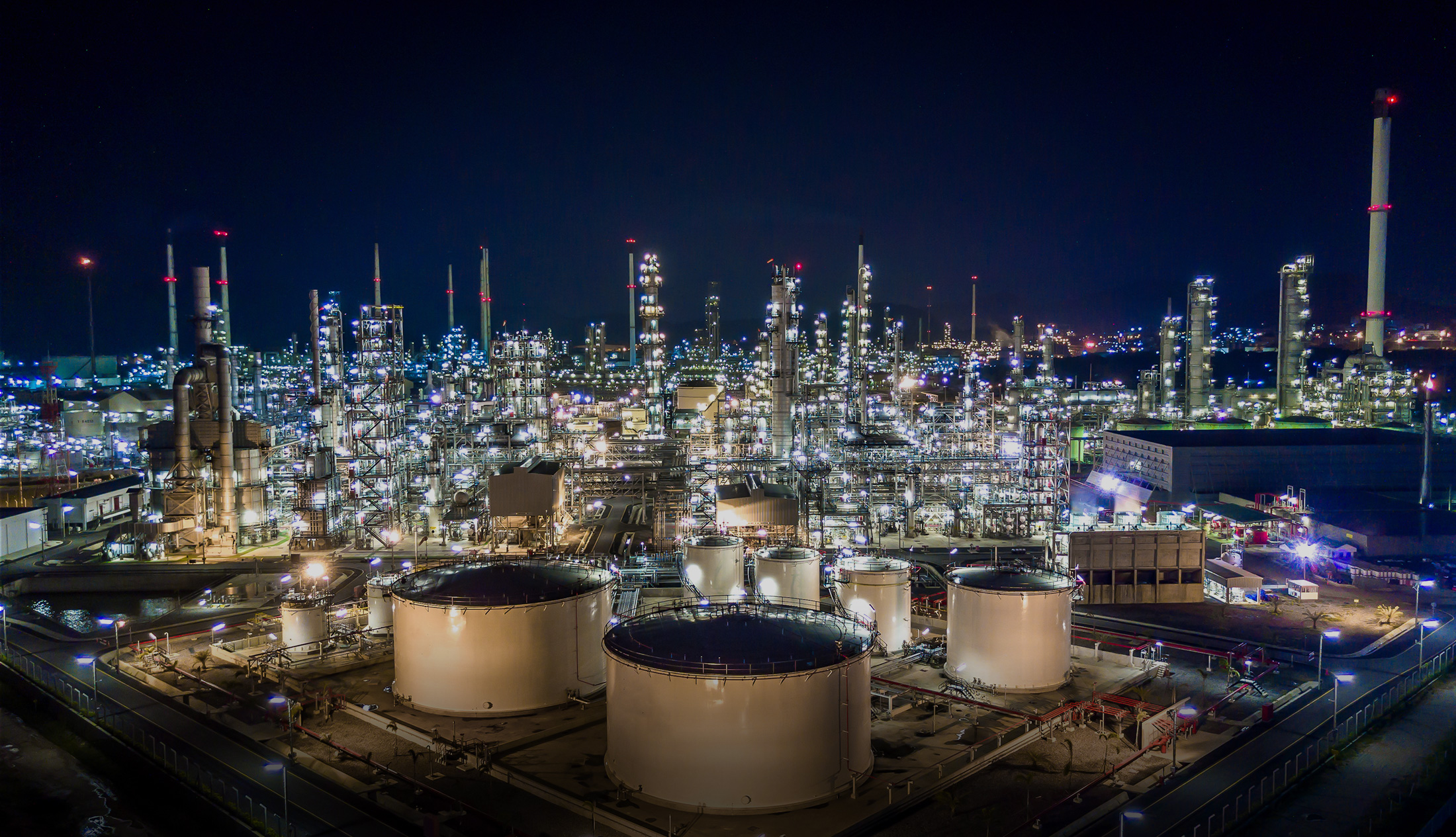
UAV Analyzer & Aerial Pilots Program
Eliminating Risk | Saving Time | Saving Money
UAV Analyzer & Aerial Pilot Team
Dylan Analytical and Filtration’s Licensed Ariel Flight team utilizes proprietary Drone Analyzers to sample ambient air at wide range of altitudes. We can provide monitoring at negative location point up to heights 400ft AGL. If you need something outside of that, just ask. We work the FAA to acquire all necessary permits, licensing, and documentation. Keeping a safe distance from the sampling point has never been easier. Eliminating risk, saving time, and saving money make this the only choice. We can provide you with specific air quality solutions for endless amounts of applications.
Oil and Gas

Pollutant and odor monitoring in the petrochemical and oil and gas industry is critical due to the number of hazardous air pollutants released in these processes. In-plant stack and ambient air monitoring allow the plant to not only ensure adherence to emission regulations and standards, but also to detect issues within the process such as tank leaks, loading spills, and other unexpected events.
Recommended Sensors:
• Carbon Dioxide – (Low Concentration)
• Carbon Monoxide – (Low Concentration)
• Chlorine
• Ethylene Oxide
• Hydrogen Sulfide
• Hydrogen Chloride
• Hydrogen Cyanide
• Ammonia
• Oxidizing Gases Ozone and Nitrogen Dioxide
• Phosphine – (Low Concentration)
• Phosphine – (High Concentration)
• Hydrogen Sulfide – (Low Concentration – ppb)
• Organic Solvents (Ethanol, Iso-Butane, H2)
• Methane (LEL)
• Nitric Oxide – NO (Low Concentration)
• Nitric Oxide – NO (High Concentration)
• Nitrogen Dioxide – (Low Concentration)
• Oxygen
• Total VOCs (ppb) – PID
• Total VOCs (ppm) – PID
• Sulfur Dioxide – (High Concentration)
• Sulfur Dioxide – (Low Concentration)
• Formaldehyde
• Particulate PM 1, 2.5, 10 (Simultaneous)
• Air Contaminants (Ammonia, Ethanol, Toluene)
Ports & Shipyards

We maintain a geo path and catalog…
Urban

Urban air pollution is a significant threat to human health and the quality of life of all people around the world. Minimizing urban air pollution not only serves as a healthy buffer for people in their everyday lives.
Recommended Sensors:
• Carbon Dioxide – (Low Concentration)
• Carbon Monoxide – (Low Concentration)
• Oxidizing Gases Ozone
• Nitric Oxide – NO (Low Concentration)
• Nitrogen Dioxide – (Low Concentration)
• Oxygen
• Total VOCs (ppb) – PID
• Sulfur Dioxide – (Low Concentration)
• Particulate PM 1, 2.5, 10 (Simultaneous)
Odor

Environmental odor is among the highest sources of nuisance; festering the largest amount of complaints from residents. Environmental odor can be generated from a variety of industries including food processing, tobacco products manufacturing, chemical plants, paint plants, asphalt plants, pulp and paper, WWTP, etc. Scenting – all can be used to monitor odor emissions in order to help plants optimize processes and reduce odor impact.
Recommended Sensors:
• Ammonia
• Hydrogen Sulfide – (Low Concentration – ppb)
• Organic Solvents (Ethanol, Iso-Butane)
• Total VOCs (ppb) – PID
• General Purpose Odors (VOCs)
• TRS and Amines
• Air Contaminants (Ammonia, Ethanol, Toluene)
Wastewater

One of the most prominent issues of concern from wastewater treatment plants (also known as sewage treatment plants) is odor. Many chemicals in these facilities generate odor; the majority are sulfur-based. At the start of the process H2S, DMS, and other sulfur compounds are abundant, while at the trailing end of the process (sludge processing), VOCs are more predominant.
Recommended Sensors:
• Ammonia
• Hydrogen Sulfide – (Low Conc. ppb) (High Conc. ppm)
• Total VOCs (ppb) – PID
• TRS and Amines
• Air Contaminants (Ammonia, Ethanol, Toluene)
Pipeline Leak Detection

Drones in the right pilot’s hands can make offshore oil and gas operations safer and more efficient. Our drones can be used for monitoring of gas emissions from leaks within a pipeline, storage tanks and even stacks. To accomplish this, we will equip our drone with a fast response PID, H2S, NMHC, and SO2 sensors. Aerial inspection can also result in early detection of leak, damage to structural abnormalities, piping and other external and internal inconsistencies. New technology and innovation for drones is making them more accessible than ever. The oil and natural gas industry has embraced this innovation, to help their efforts as good stewards of the environment. As technology improves, this tech is rising as the new eye in the sky for oil and natural gas producers.
Recommended Sensors:
• Ammonia
• Formaldehyde
• Organic Solvents (Ethanol, Iso-Butane, H2)
• Methane (LEL)
• Total VOCs (ppb, ppm) – PID
• Sulfur Dioxide
• Particulate PM 1, 2.5, 10 (Simultaneous)
• Air Contaminants (Ammonia, Ethanol, Toluene)
Perimeter detections and monitoring with specific elevation control.
Leak Detections, Pipelines, Landfill, Farming, Agricultural Visual Inspections, Refineries,
Pipeline, Ship Yards, Radar Doppler’s, Cell towers, Occupational Exposure Assessments
